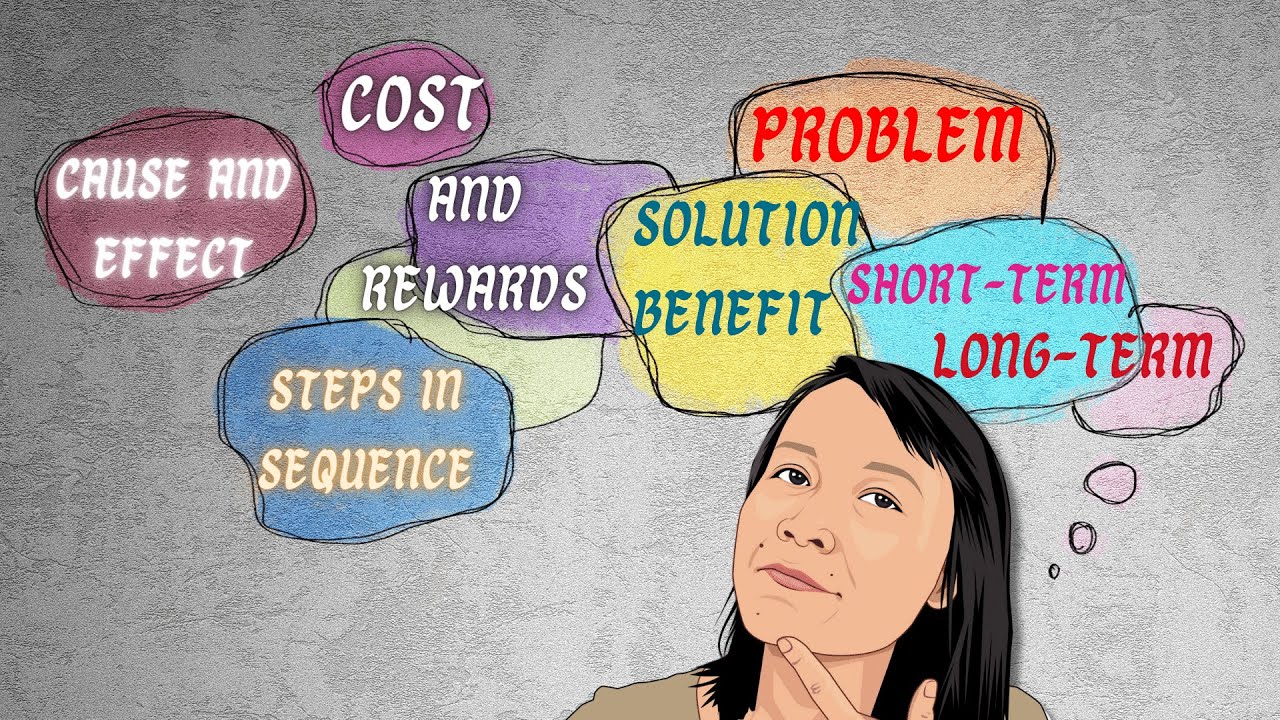Receiving constructive feedback can be challenging. But approaching it with curiosity can transform the experience into a valuable learning opportunity. By applying curiosity to feedback, you can gain deeper insights, improve your performance, and build stronger relationships.
Here are five ways you can practice curiosity to feedback both inwardly and outwardly:
1. Take Time to Process
Often, we react too quickly, either with immediate apologies or defensiveness. Instead, acknowledge the feedback with a simple “Thank you for the feedback. I need some time to think about this. Let me get back to you,” and specify when you’ll follow up. This shows that you’re not brushing off the feedback but need time to process it.
2. Recognize and Name Your Emotions
It’s important to identify and articulate the emotions you feel when receiving feedback. Whether you feel confused, surprised, hurt, angry, or frustrated, being able to name these emotions helps you practice inward curiosity before addressing them with others.
3. Ask Clarifying Questions
Once you’ve practiced inward curiosity, shift to outward curiosity. Ask the feedback provider for specific examples if none were given. Clarifying questions can help ensure you both understand the feedback in the same way and prevent miscommunication.
4. Understand the Impact
Determine whether the feedback pertains to one person or affects many. Understanding if your actions impact a single individual or a broader group can help you gauge the magnitude of the issue.
5. Explore the Emotional Impact on Others
Just as you experience emotions from receiving feedback, the feedback giver has their own emotional response. Prompt them by asking, “Did this make you feel angry, hurt, or confused?” This demonstrates emotional intelligence and active listening, and can help build deeper relationships.
By handling feedback with curiosity, you can turn it into an opportunity for self-improvement and growth. For more insights, check out my other video on how to respond to constructive feedback.
If you found these tips helpful, please like our post and share it.








Leave a Reply